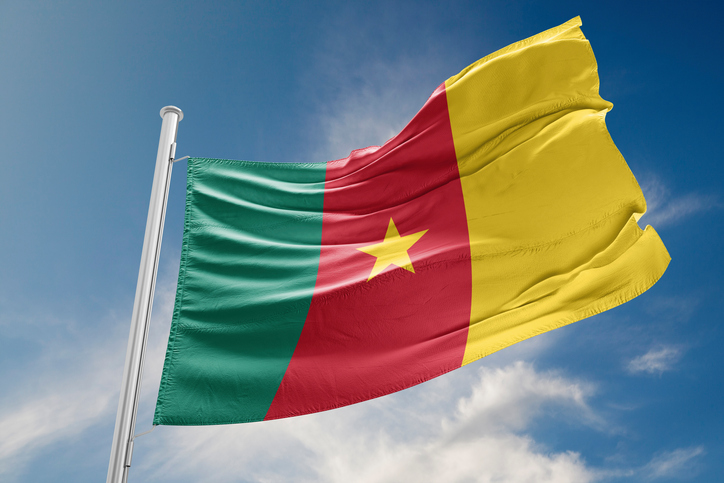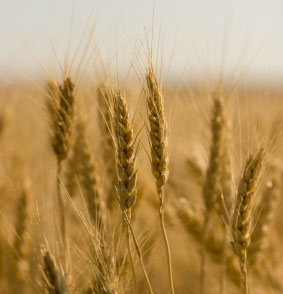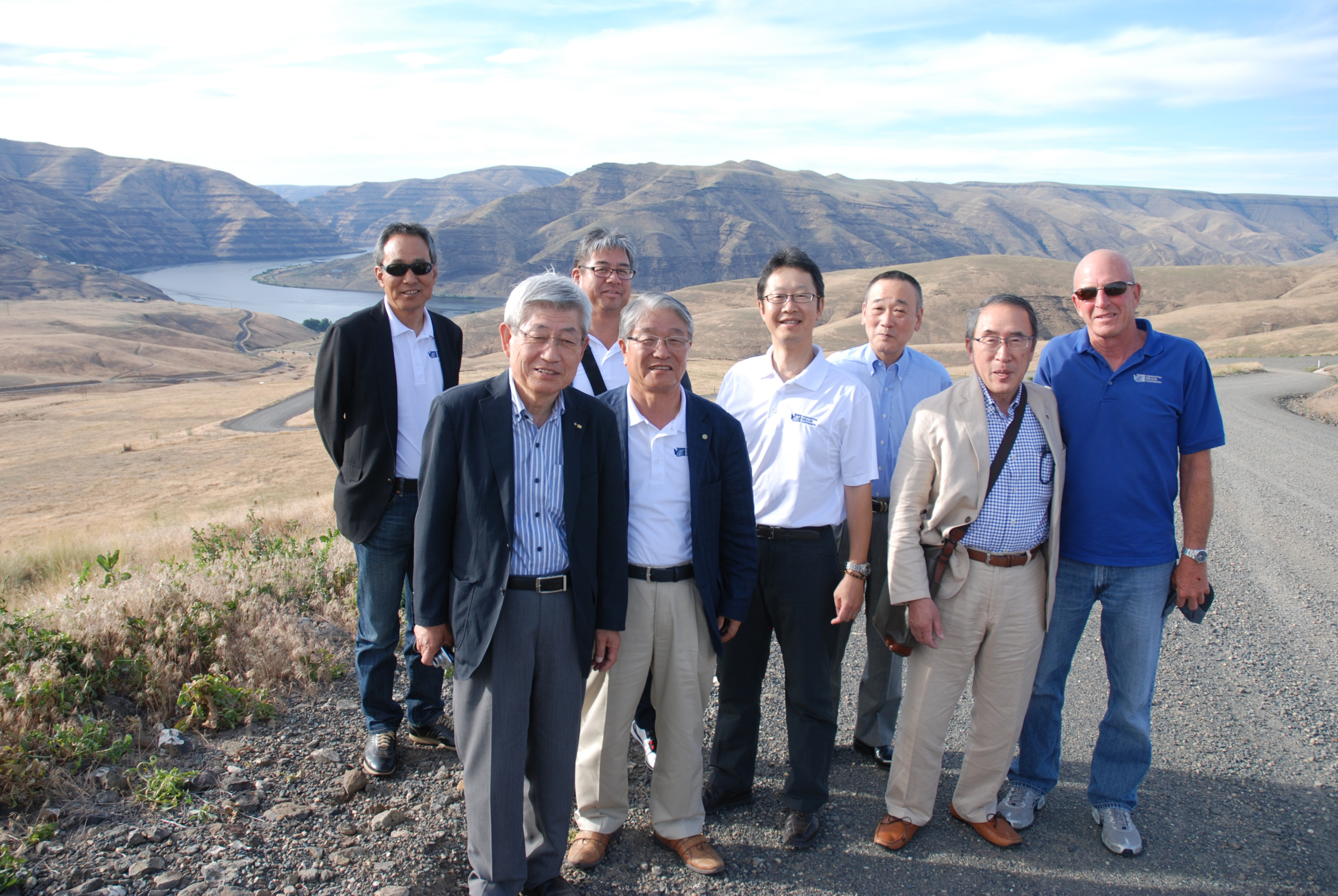U.S. Wheat Associates (USW), a cooperator with USDA’s Foreign Agricultural Service (FAS) built a large and loyal market for U.S. hard red winter (HRW) wheat in Nigeria through trade service and technical assistance. Success in Nigeria is now a model for nearby markets like Cameroon where a food company is now building demand for instant noodles.
By importing an annual average of 2.36 million metric tons of U.S. HRW the five years between 2009/10 and 2014/15, Nigeria was the leading HRW buyer in the world. While most HRW is milled for bread flour, to reach such levels, USW also helped establish HRW as the preferred wheat for Asian noodle flour in Nigeria.
As it continued to support Nigerian millers and food processors, USW used Emerging Market Program (EMP) funding to invite prospective buyers from neighboring Cameroon and other countries to learn more about the success enjoyed by their Nigerian colleagues. After meeting with Nigerian flour millers at USW’s request, a major food manufacturer decided to produce instant noodle products in his country.
To foster that desire, USW brought company representatives to Portland, Ore., to attend Introductory and Advanced Instant Noodle Technology & Processing short courses at the Wheat Marketing Center. USW also provided in-plant technical support and trade service information. The business owner credits each level of support from EMP-funded USW activities for giving the company the opportunity to introduce instant noodles and see rapid growth in demand.
Starting with about 9,000 metric tons of Nigerian-milled HRW flour, the company soon needed a local supplier. The outcome of activities in Cameroon, funded through the EMP, was 55,900 metric tons of new HRW exports over two marketing years. The business owner was so positive about potential growth, he planned to renovate a closed flour mill to import and mill HRW for instant noodle production.
USW continues to promote HRW use in instant noodle production in Nigeria, Cameroon, Angola, Ghana, Ivory Coast, Equatorial Guinea, Gabon and Senegal. It is expected that current and incremental HRW exports will benefit wheat farmers in Texas, Oklahoma, Kansas, Colorado, Nebraska and South Dakota.





